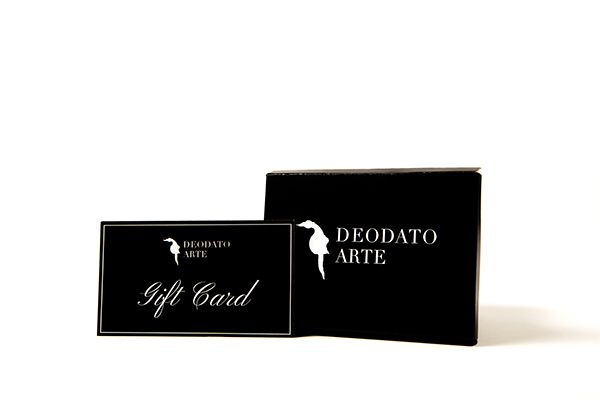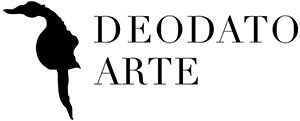
Discover little-known details about the life and art of one of the most iconic artists of the 20th century
Keith Haring is universally recognized for his distinctive style and his ability to communicate complex themes through simple shapes and vibrant colors. However, there are many facets of his life and work that remain little known. In this article, we will explore five lesser-known aspects of Keith Haring, offering a new perspective on an artist who left an indelible mark on pop culture and contemporary art.
1. The Connection to Street Art
Keith Haring began his artistic career on the streets of New York, using the city as his canvas. While many are familiar with his famous murals, few know that Haring saw street art as a means to democratize art. He wanted his works to be accessible to everyone, not just museum-goers. This desire to make art public and visible to a wide audience is evident in his "Subway Drawings," chalk drawings created on the black surfaces of unused advertising panels in New York subway stations. These works, created between 1980 and 1985, represent a significant part of his production and demonstrate his commitment to bringing art out of galleries and into places frequented daily by people.
2. Social and Political Engagement
In addition to his artistic production, Keith Haring was a committed activist. Many of his works address social and political issues such as apartheid, the AIDS epidemic, and children's rights. Haring used his art as a tool for denunciation and awareness. In 1986, he created a mural titled "Crack is Wack" to raise awareness about the drug epidemic that was devastating New York. This mural, located in a public park, became a symbol of his fight against social injustices. His art was not just aesthetic but carried a powerful message of change and hope.
3. The Role of Music in His Life
Music played a fundamental role in Haring's life and artistic inspiration. He loved the emerging hip-hop culture of the 1980s and often frequented clubs like the Paradise Garage, where music and dance were integral to the artistic scene. This influence is visible in his works, which often capture the energy and dynamism of music. Haring also collaborated with musicians like Grace Jones and Madonna, showing how his art was deeply intertwined with the musical culture of his time. His ability to intertwine different art forms helped create works that are vibrant and full of life.
4. Collaborations with Other Artists
Keith Haring did not work in isolation; on the contrary, he collaborated with many contemporary artists, including Jean-Michel Basquiat and Andy Warhol. These collaborations not only enriched his artistic production but also allowed him to expand the boundaries of his creativity. For example, his friendship with Warhol greatly influenced his use of media and pop culture. Haring and Warhol shared a similar vision of art as a means of mass communication, and this synergy was reflected in their joint works. Their collaborations are testimonies of a period rich in artistic experimentation and innovation.
5. The Legacy of Keith Haring
Despite his premature death in 1990 due to AIDS, Keith Haring's legacy continues to live on. The Keith Haring Foundation, founded shortly before his death, is dedicated to preserving and promoting the artist's work and values. The foundation supports organizations working in the fields of art, education, and the fight against AIDS. His works continue to inspire new generations of artists and art enthusiasts worldwide. The numerous retrospective exhibitions and the inclusion of his works in prestigious museum collections ensure that his message of inclusivity and social justice remains relevant.
Keith Haring was a pioneer who uniquely combined art and social commitment. His works, full of symbolism and vitality, continue to communicate powerful messages and inspire many people. Discovering lesser-known aspects of his life and work allows us to appreciate even more his genius and vision of the world.
To learn more and discover Keith Haring's available works, visit our dedicated page on Deodato Arte.











 Register
Register Wishlist
Wishlist Contact Us
Contact Us
